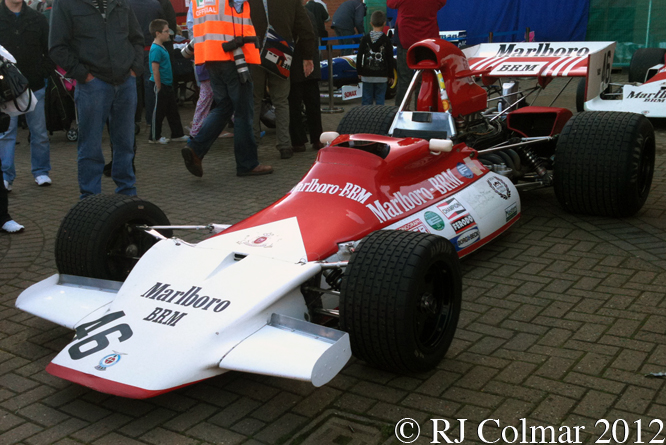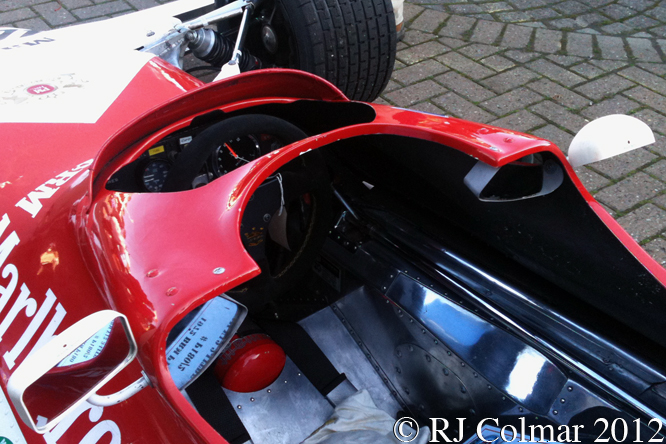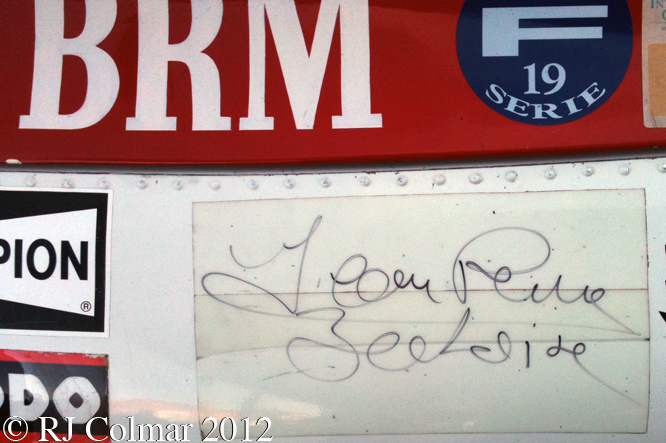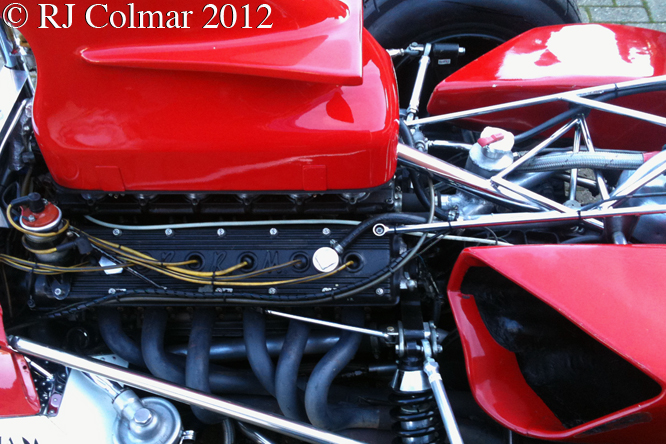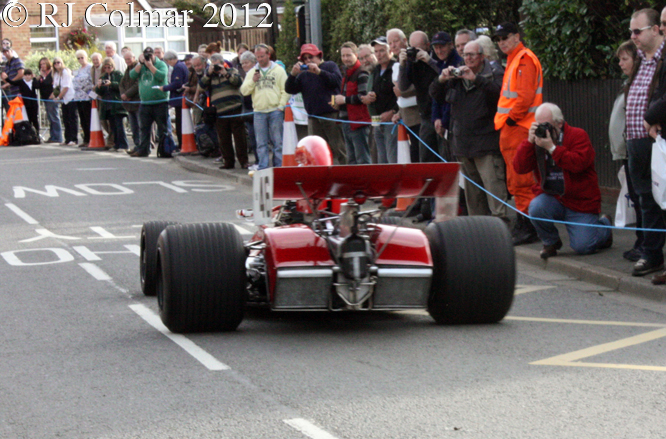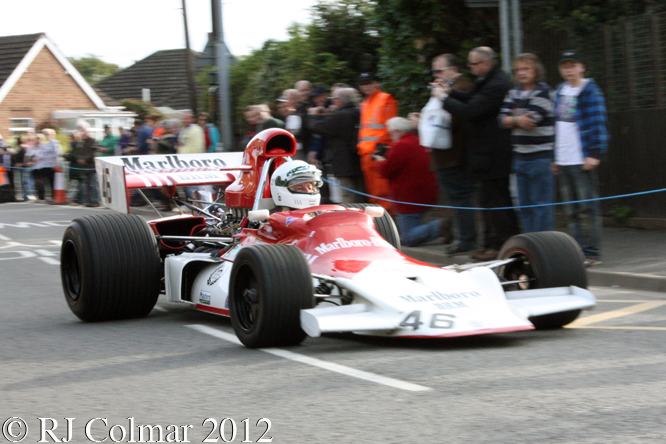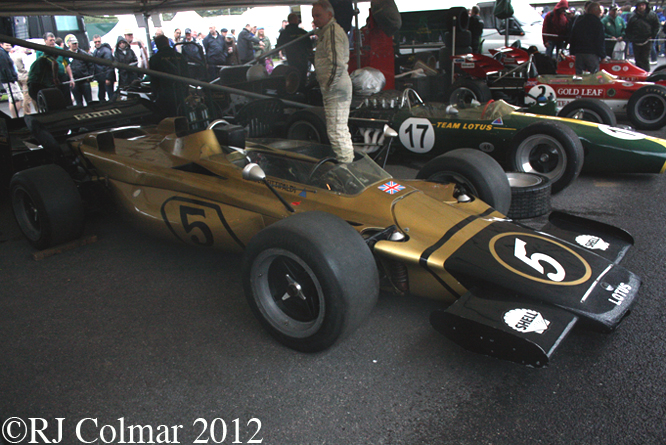The 1973 Formula One season is remembered for many things some good Jackie Stewart’s third and final world championship some bad the death’s of Jackie’s team mate Francois Cevert and Roger Williamson who had been selected to replace Jackie upon his retirement. However one of my overwhelming memories of the season, the first which I avidly followed in the printed press which was as close to the internet as I could find back in the day, was the raw speed shown by Ronnie Peterson driving his Ford Cosworth DFV powered John Player Special sponsored Lotus 72.
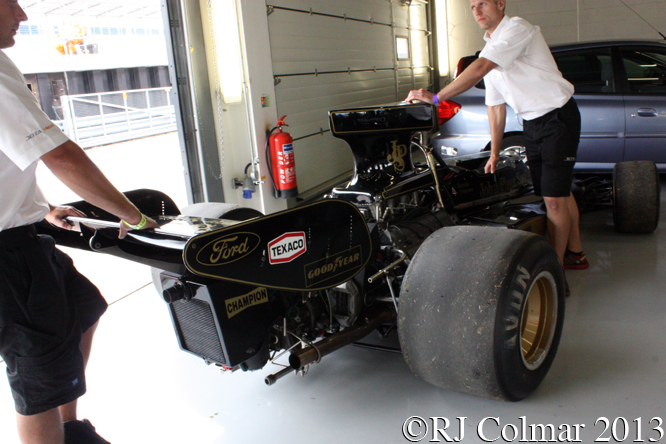
During the 1973 season Ronnie Peterson set a new record number of 9 pole position starts from the 15 race championship season as he finally found himself with a car capable of winning races rather than out lasting the opposition has the March cars he drove in 1971 to second place in the world championship standings had done. I believe seven of those pole positions and Ronnie’s four 1973 championship race victories were recorded in today’s featured chassis which I believe to be #R6.
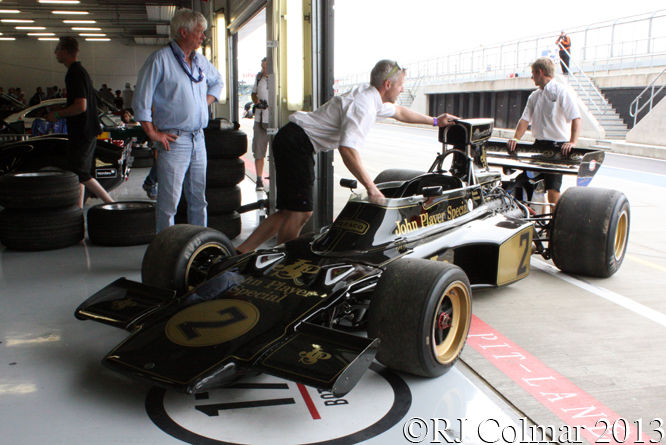
#R6 first appeared towards the end of the 1971 season in ‘D’ spec wearing the Gold Leaf Team Lotus colours with another Swede Reine Wisell at the wheel. Reine’s best result was a 4th place finish in the 1971 Austrian Grand Prix.
For 1972 #R6 still in ‘D’ spec but now painted in the black and gold livery of John Player Special was driven by Australian Dave Walker. Dave who had built an enviable record in the junior ranks on his way up could not perform to the same level at the sports top table and only managed a best 5th place finish at the non championship Brazilian Grand Prix with today’s featured chassis. Reine Wisell was reunited with #R6 at the 1972 United States Grand Prix where he finished 10th.
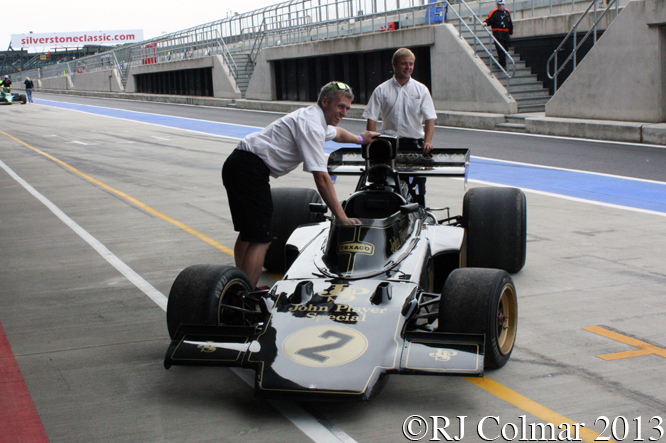
Over the winter of 1972/73 Ronnie Peterson joined Lotus from March and #R6 was brought up to 72 E spec which included wide track front suspension revisions which were soon abandoned and structural revisions to include a deformable structure around the side fuel tanks. By the time R6 appeared in ‘E’ spec at the non championship Race of Champions at Brands Hatch Ronnie had already scored his first pole for the Brazilian Grand Prix. At Brands Ronnie qualified 6th and fought his way into the lead by lap 5 an was running away from the field when his gearbox broke and forced his retirement on his 18th lap but not before he had set what would be a shared fastest lap time with the BRM drivers Jean Pierre Beltoise and Niki Lauda who had been Ronnie’s team mate at March in 1972.
Ronnie drove to pole position for the following Spanish Grand Prix in chassis #R8 recording fastest lap before the gearbox failed. Back in #R6 Ronnie then won pole for the Belgian Grand Prix from which he retired after an accident. Ronnie was back in #R8 for the Monaco Grand Prix where he qualified 2nd and finished third behind Stewart and team mate Emerson Fittipaldi. Back in #R6 for the remainder of the 1973 season Ronnie was claimed his forth pole of the season in his home Grand Prix but finished second after leading his team mate for most of the race and in the process wearing out his tyres. Emerson retired with gearbox failure four laps from home leaving Denny Hulme to pick up the pieces and sweep by to win the Swedish Grand Prix.
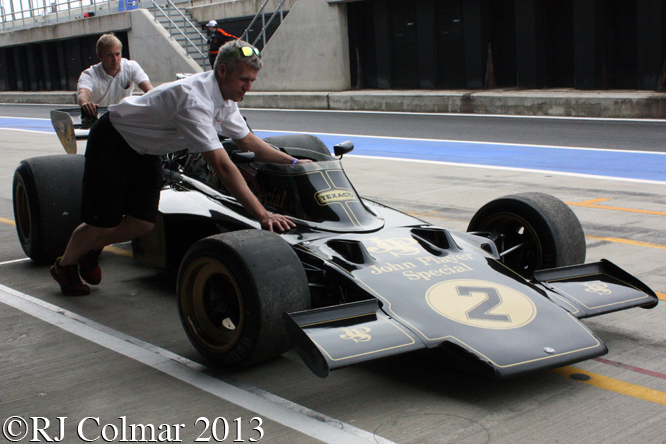
At the 1973 French Grand Prix Ronnie finally took his maiden Grand Prix victory from 5th on the grid driving today’s featured car and two weeks later he claimed his fifth pole position of the season at the British Grand Prix, where he finished second. At the Dutch Grand Prix Ronnie was on pole in again but retired with gearbox and engine issues. In Germany Ronnie qualified 2nd but failed to finish. Ronnie won 3 of the final 4 championship races in 1973 in Austria Italy and the United States and pole for the final three races of the season in Italy, Canada and the USA. He retired from the Canadian Grand Prix with a puncture.
Ronnie finished third in the 1973 World Drivers Championship behind Stewart and team mate Fittipaldi and there is no doubt that Emerson might have won the championship if he had not been forced to race his team mate as hard as he did. Lotus again won the constructors championship as they had with the same model in 1970 and ’72.
For 1974 Lotus had planned to replace the Lotus 72 with the Lotus 76, but when that failed to show potential the Lotus 72 design was pressed into service for the remainder of the season in slightly modified form with the oil tank moved from behind the gearbox to a position ahead of the rear wheels as mandated by new regulations.
#R6 ended it’s in period competition career in South Africa where Team Gunston entered the car in the local Formula One series for Ian Scheckter, brother of Jody, in in 1974 Ian scored five wins in the South African series to finish second to Dave Carlton who drove a McLaren M23. For 1975 Ian drove his brothers 1974 Tyrrell 007 and Team Gunston entered Eddie Keizan in #R6. Eddie like Ian the year before in the same car finished 13th in the South African Grand Prix but could only manage a season high second in the local South African championship races after which it was retired.
Ronnie Peterson fan Katsu Kubota is the current owner of #R6 seen here earlier this year at the Silverstone Classic meeting.
Thanks for joining me on this “Peterson’s Poles” edition of “Gettin’ a li’l psycho on tyres” I hope you will join me again tomorrow. Don’t forget to come back now !


